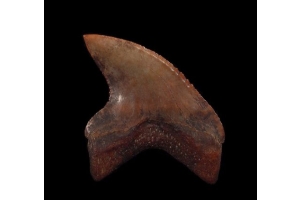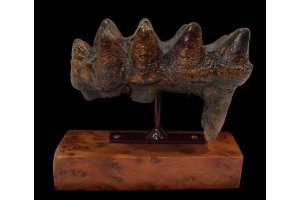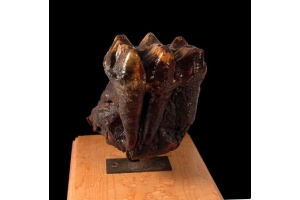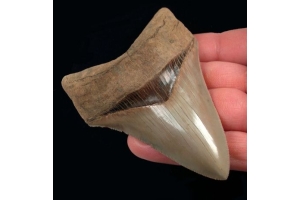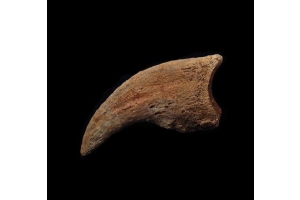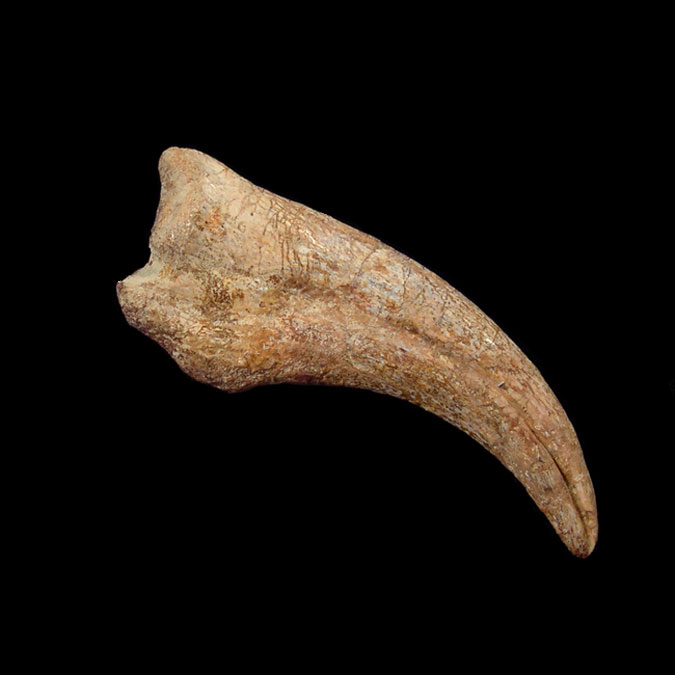
Dinosaurs are one of the – if not the – most amazing creatures to ever roam the earth. Ranging from the size of tiny birds to that of large buildings, these prehistoric animals once battled for dominance over the planet, but due to causes that aren’t completely clear, they went extinct around 66 million years ago. But that hasn’t stopped people – scientists and the common man, alike – from being fascinated by them, trying to study them and learning their secrets. Fossils play an important role in that. Paleontologists have been digging these fossils in various corners of the earth, in a bid to unearth more information about these creatures.
Here are some of the coolest dinosaur fossils to be ever found:
-
Fossilized dinosaur feces
Yes, that’s right. Paleontologists have discovered prehistoric poo, some of which date back to more than 65 million years ago. Also known as coprolites, fossilized feces were first discovered in the early 20th century, and since then, they have served as a crucial source of information that helps scientists understand the type of food that different dinosaurs used to eat. For instance, coprolites found in Australia revealed that plesiosaurs were bottom feeders. -
The largest T-rex
The largest and most complete specimen of a Tyrannosaurus Rex is nicknamed Sue. She is more than 40 feet long and 13 feet tall at the hip. She was discovered in 1990 in South Dakota by Sue Hendrickson (hence, the name) during a commercial excavation trip. After a 5-year battle that ended in a public auction, Sue was brought to the Field Museum in Chicago, where she now stands in all her glory. -
Fossilized death match
This is perhaps the most fantastic fossil discover of the 20th century, which is also direct evidence of the rampant predatory behavior among dinosaurs. Discovered in Mongolia in 1971, the fossil is that of a Velociraptor, a carnivore, with his claw on the prey’s carotid artery, and a Protoceratops, a herbivore, who had his biting jaw wrapped around the former’s arm. It is believed that they were killed by a falling landmass while in battle. -
Nodosaur fossil with a well-preserved stomach
The task of figuring out what herbivorous dinosaurs ate can be challenging, because plant matter doesn’t fossilize well, and even when it does, it is hard to figure out whether the dinosaur ate it, or if the matter fossilized along with the animal. When a nodosaur fossil with a well-preserved stomach was discovered, it shed some much-needed light on this mystery. It was found that this 112-million-year-old beast was quite the picky eater, preferring only specific types of ferns and leaves. It also had gastroliths in its stomach, which are small stones that help to break down the food.
Looking for some red dinosaur claws?
At Buried Treasure Fossils, you can now buy a wide array of authentic dinosaur fossils, including teeth, bones, eggs, horns, and claws. Browse through our selection to take your pick from fossils with minimal breaks and natural color and surfaces.






